The spices market in South Korea is characterized by a dynamic competitive landscape, driven by increasing consumer demand for diverse flavors and health-conscious products. Major players such as McCormick & Company (US), Olam International (SG), and Kraft Heinz Company (US) are actively shaping the market through strategic initiatives. McCormick & Company (US) focuses on innovation and product diversification, introducing new spice blends that cater to local tastes. Olam International (SG) emphasizes sustainability in sourcing and production, aligning with the growing consumer preference for ethically produced goods. Kraft Heinz Company (US) leverages its extensive distribution network to enhance market penetration, ensuring that its products are readily available across various retail channels. Collectively, these strategies contribute to a competitive environment that is increasingly focused on quality, sustainability, and consumer engagement.
Key business tactics employed by these companies include localizing manufacturing and optimizing supply chains to enhance efficiency and responsiveness to market demands. The competitive structure of the spices market appears moderately fragmented, with several key players holding substantial market shares while numerous smaller companies also contribute to the diversity of offerings. This fragmentation allows for a variety of products, catering to different consumer preferences and price points, thereby intensifying competition among established and emerging brands.
In October 2025, McCormick & Company (US) announced a partnership with a local South Korean food tech startup to develop innovative spice blends tailored to regional culinary preferences. This collaboration is strategically significant as it not only enhances McCormick's product portfolio but also strengthens its foothold in the local market by leveraging the startup's insights into consumer trends. Such partnerships may prove essential in navigating the complexities of local tastes and preferences.
In September 2025, Olam International (SG) launched a new line of organic spices, emphasizing its commitment to sustainability and health. This move is indicative of a broader trend towards organic and natural products, which are increasingly favored by health-conscious consumers. By expanding its organic offerings, Olam positions itself to capture a growing segment of the market that prioritizes health and environmental considerations in their purchasing decisions.
In August 2025, Kraft Heinz Company (US) unveiled a digital marketing campaign aimed at promoting its spice products through social media platforms. This initiative reflects a shift towards digital engagement strategies, recognizing the importance of connecting with consumers in an increasingly digital marketplace. By enhancing its online presence, Kraft Heinz seeks to drive brand loyalty and increase sales through targeted marketing efforts.
As of November 2025, current competitive trends in the spices market are heavily influenced by digitalization, sustainability, and the integration of AI technologies. Strategic alliances among key players are shaping the landscape, fostering innovation and enhancing supply chain efficiencies. The competitive differentiation is likely to evolve from traditional price-based competition towards a focus on innovation, technology, and reliability in supply chains. Companies that can effectively leverage these trends will likely secure a competitive advantage in the increasingly complex market environment.


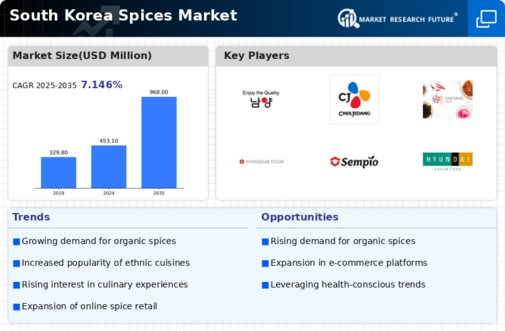
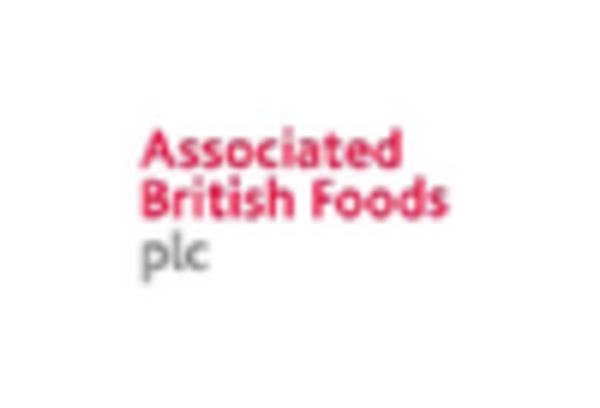
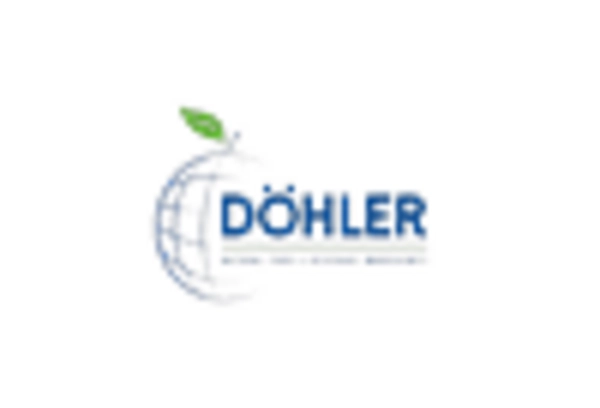

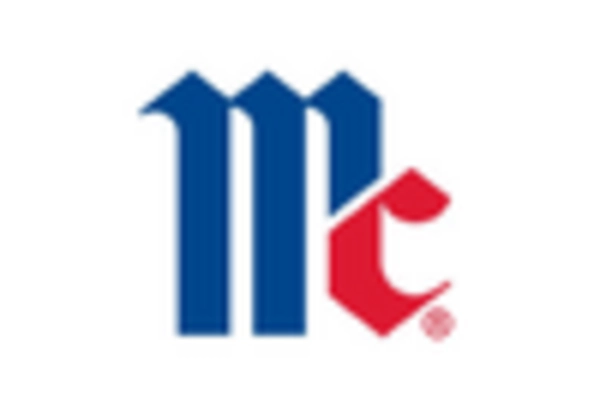

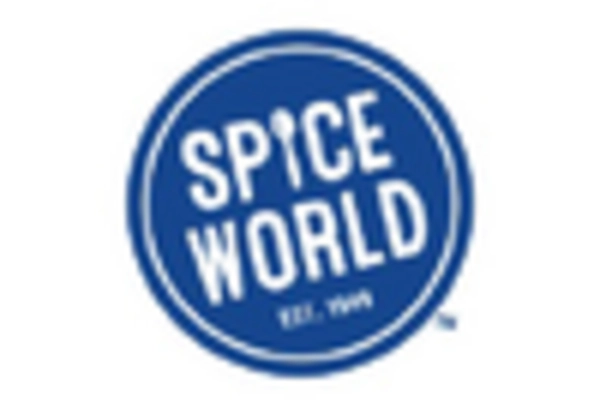








Leave a Comment